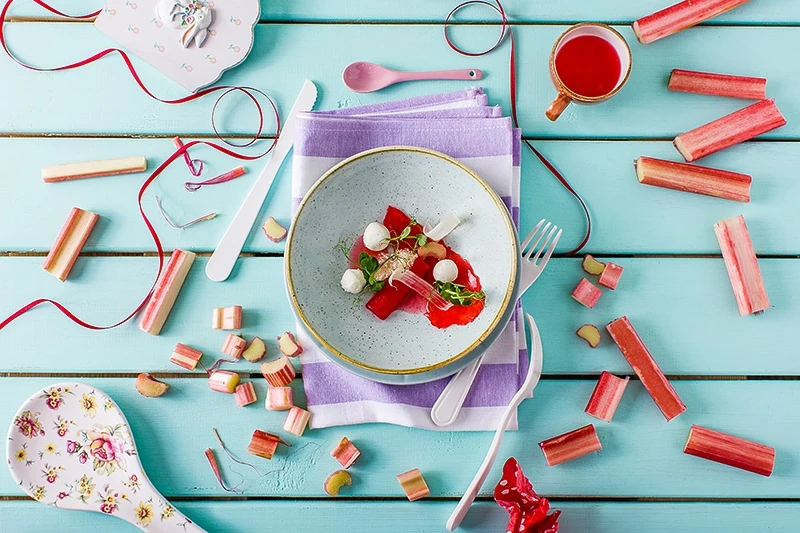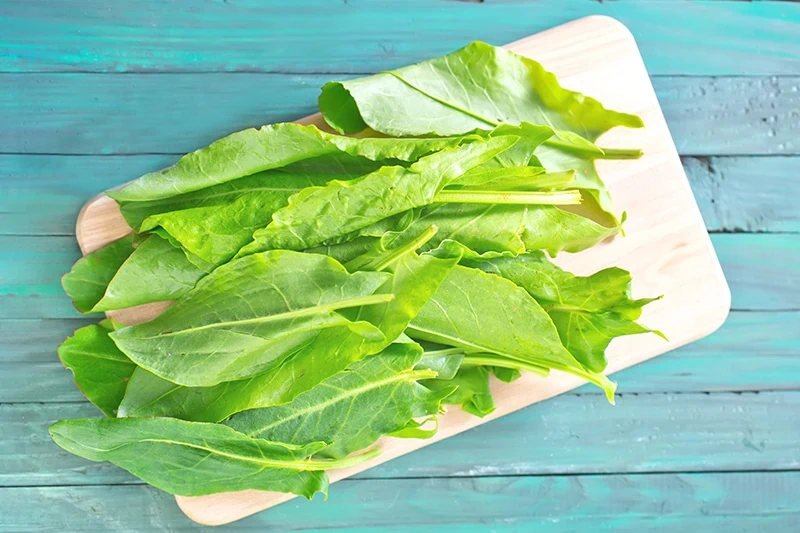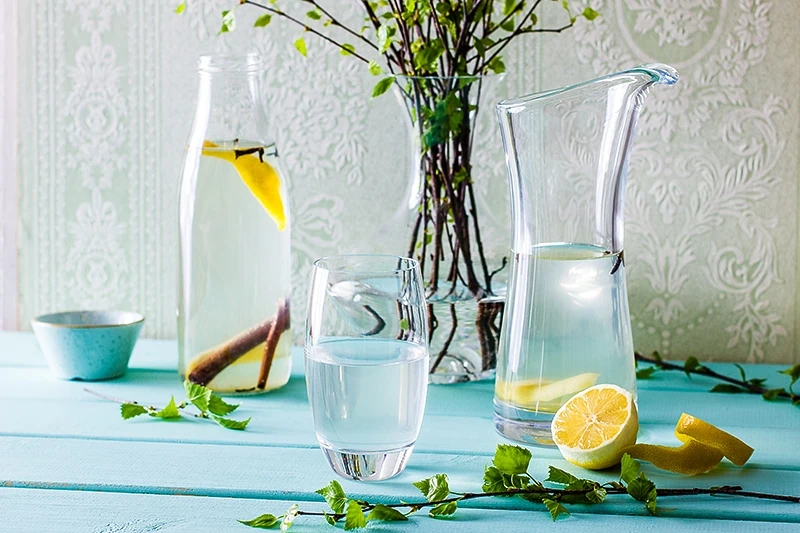For gourmets, the year starts in spring with birch sap and maple syrup, whose just-tapped freshness lasts but a brief moment. Store what is left undrunk in a cool place for one of those hot summer days. The fermentation will result in a sweetly sour, sparkling libation to your liking. Just about everyone – not only gourmets – following winter hibernation, crave the first greens that sprout up - aromatic, succulent, crisp and chock full of vitamins. The season's first sorrel, leaf lettuce, rhubarb simply reek of the reawakening land's strength and vitality – an opportunity not to be missed!
Rhubarb.

Latvia’s proclaimer of the new gastronomic year. Every Latvian household has a Rhubarb patch, not only for its useful traits, but also for its good looks. Frequently used in large amounts for gourmandian immoderations – Rhubarb pie, Rhubarb dumplings, Rhubarb jelly, Rhubarb ice-cream, Rhubarb Chutney, Rhubarb jam, Rhubarb salad, Rhubarb wine, candied Rhubarb, etc.
Although rhubarb is a dessert king, traditional Latvian cuisine saw its sour stalks used in more serious dishes, for example, braised with pearl barley in the same way as sauerkraut and served with streaky roast pork, or boiled with potatoes and onions in a soup, but cooks in baronial manors chopped it up into sauces accompanying meat or poultry.
Sorrels.

The first appearance of Sorrel obliges even hardened city-dwellers to go out into the meadows and seek these small, bright-green, vitamin-rich leaves, an unmistakable sign that spring has truly arrived. Latvians use Sorrel in many ways – for salads together with chives or rustic goosefoot, nettles, dandelion leaves, and a mix of Wood Sorrel and buds (a dream for raw-food eaters and vegans!), for breakfast with cottage cheese, as a filling in pīrāgi (Latvia’s own, filled yeast-dough buns) complemented by a handful of spinach and Latvian goat cheese, in nourishing stews, and, of course, in soup. Recent experiments have seen the blending of Sorrel’s flavour with that of many different vegetables. According to an ancient recipe book intended for manor cooks, its use was well understood, even if only adding it to dishes as seasoning.
Birch and maple sap.

Forgive us, but it is so funny when foreigners, hearing the words Birch sap (in Latvian – Birch juice), widen their eyes in surprise before asking whether we press it from logs or blocks of wood. No, we drill a small hole in the tree into which we drive a small sloping trough made from a Linden tree branch, then collect the sap as it swiftly flows forth into the spring air, full of nature’s force and freshness. The colder the winter, the sweeter the sap. The sap is used as a fermented or non-fermented drink, to make wine, sorbets, in ice flakes, salad dressings, bouillons, spirits, beauty compresses, and as a detoxing cure – a good thing there’s so much of it. At home, fermented saps are filled into bottles and supplemented with a pinch of sugar, some raisins, a blackcurrant twig, or lemon peel. The bottles are closed tightly and stored horizontally on the cellar floor or buried in the ground. When opened at the midsummer festivities – presto, your very own champagne! Incidentally, the saps drawn from forest or meadow-side Birch trees taste different, but that from bog Birches does not suit this purpose.